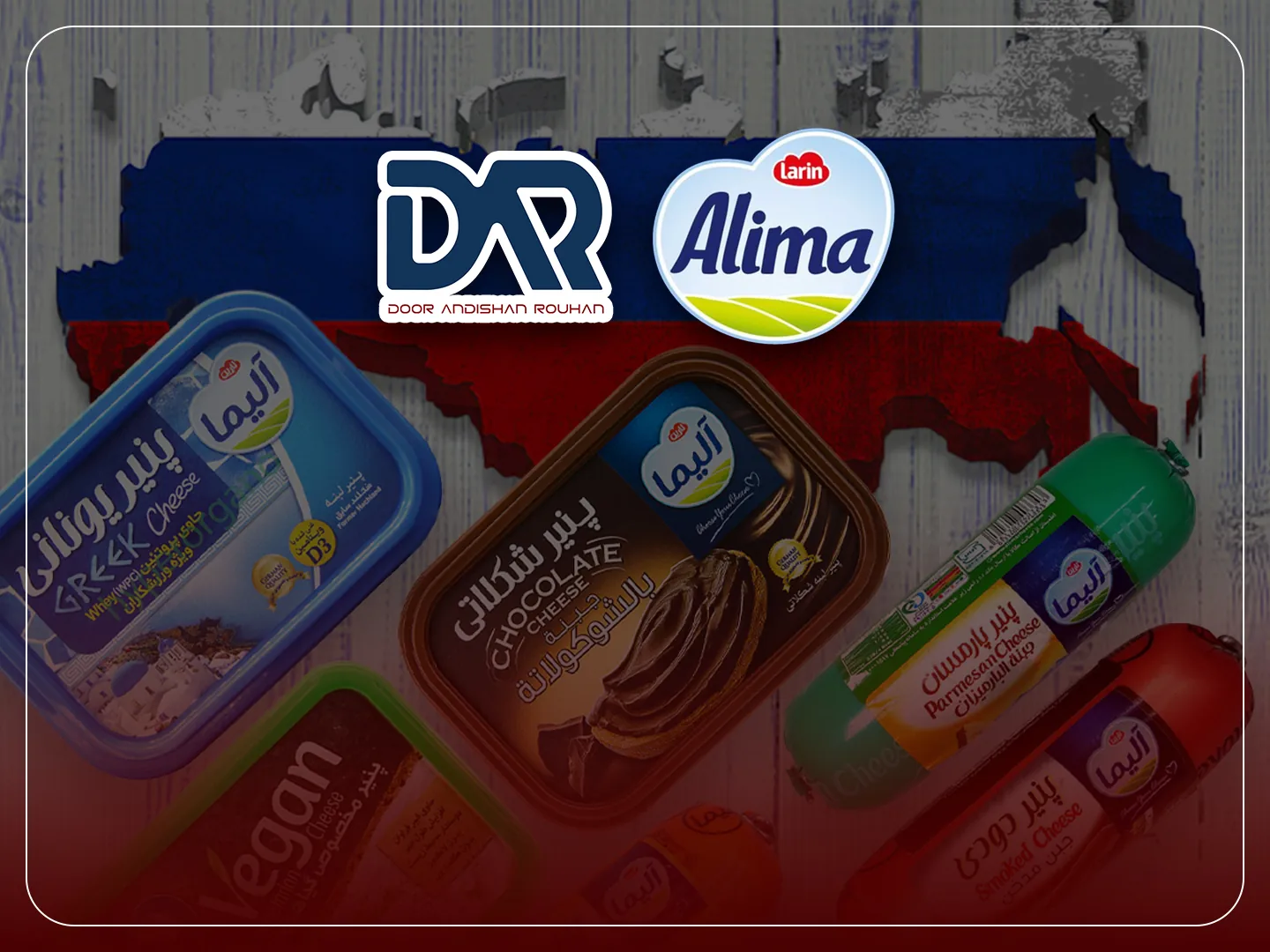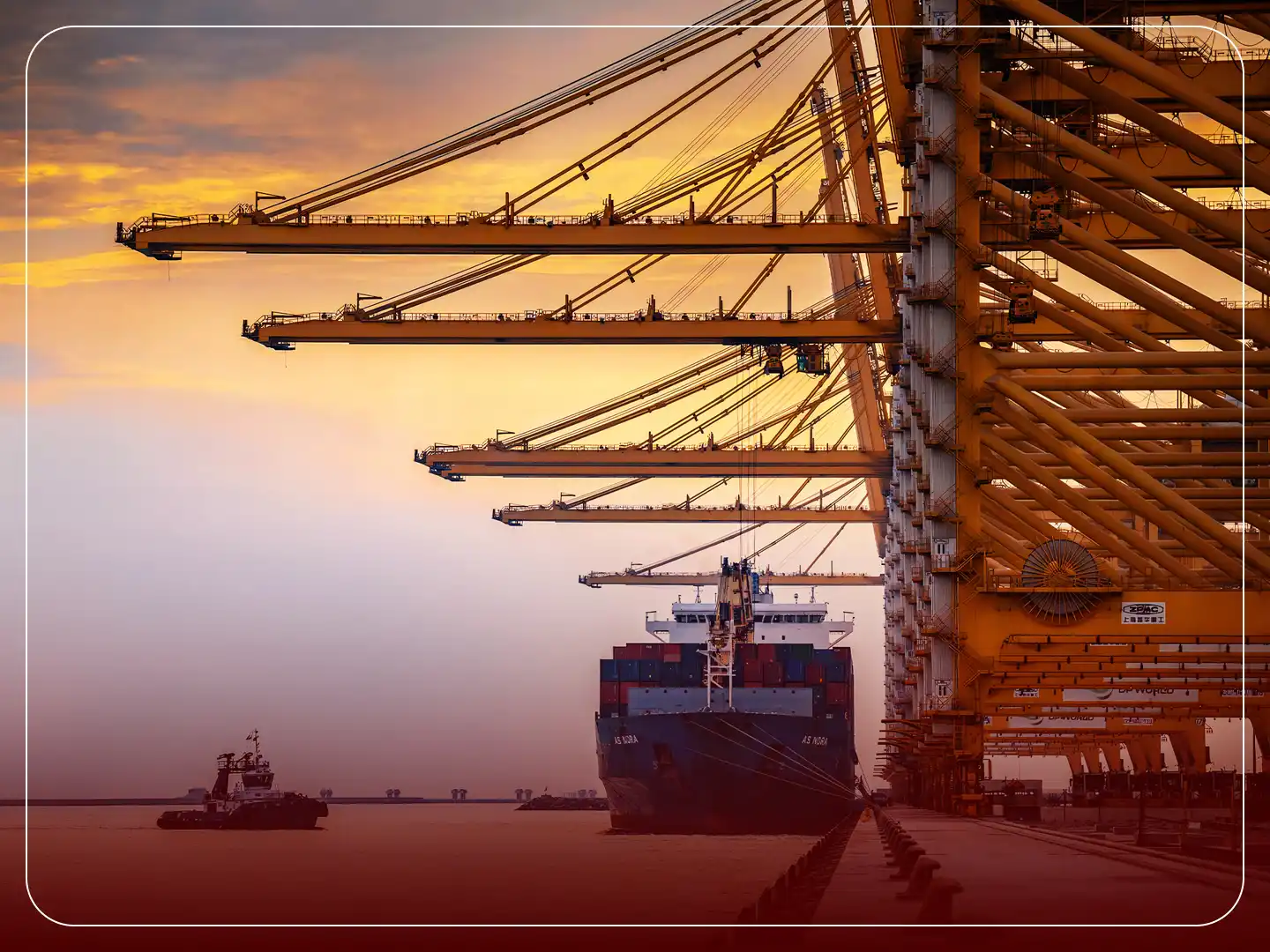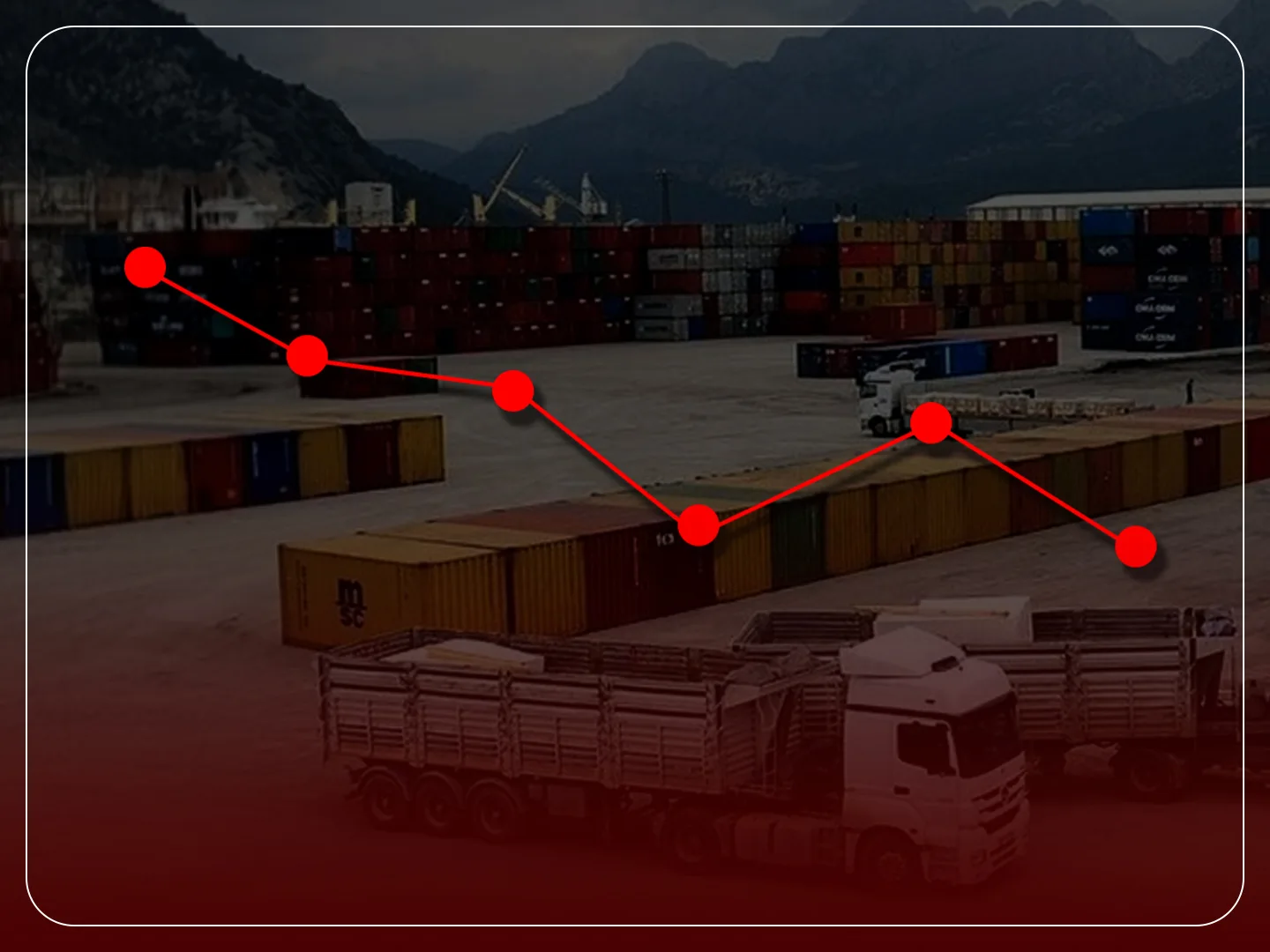Buying Oil Products from Iran for China
China's petroleum use renders it the world's top oil importer, and Iranian sales are a natural supply diversification option. For the last several years, China has been Iran's top customer, importing approximately 1.4–1.5 million bpd of Iranian oil. In 2024 alone, Chinese imports averaged around 1.44 million bpd, or around 15% of all Chinese imports. It is a sign of Iran's massive reserves and the neighboring countries' close ties that it enjoys such huge demand. Based on trends so far, buying Iranian oil products means access to low-cost, high-quality petroleum and more petrochemicals, with highly developed channels for trade. Chinese refiners – especially small independent "teapot" refineries – have long favored Iranian crude because of its low price (it trades at as much as $7–8 a barrel lower than other Middle East crudes). Apart from that, China and Iran are in talks regarding a 25-year strategic cooperation.
Iranian Oil Products and Market Potential for China
Iran is rich in oil and gas and has the traditional economy of hydrocarbon exports. Iranian petroleum products export crossed over 1.0 million bpd in 2023. This included LPG, diesel, and fuel oil (70% of its products), demonstrating Iran's vast refining and petrochemical capacity. The majority of this production is above China's domestic needs and can be found to make its way into international markets. For Iran, China is a new or alternative source of crude and refined products at competitive prices. Iranian petroleum exports hit record levels in 2024 – all but a few headed for China – as Chinese refiners and state buyers negotiated for discounts. Iran's potential grows too: according to its national plans, petrochemical capacity will grow from ~100 million tons to 130 million tons by 2027, complementing Iranian petrochemical exports of chemicals and polymers.
Imports from Iran can boost China's energy security and economic efficiency. Iranian crude and refined products are often significantly lower in price than substitutes, saving Chinese firms billions of dollars annually. At the same time, China's sanctions relief allows Iran to return to global markets, thus shielding procurement of sanctions-tainted barrels from political risk. Chinese domestic demand also is not stable and can be cushioned by Iranian low-cost supplies against price hikes. In short, Chinese consumers increasingly desire Iranian Crude oil and other oil products, and Iran is increasingly willing and able to provide them.
Key Oil Products Exported from Iran to China
Iran exports three varieties of oil products to China: crude oil (and condensates), refinery products, and petrochemicals. Awareness of each helps Chinese buyers plan for purchases.
This table illustrates how China's share of Iranian crude exports has risen: in 2024 almost all of Iran's ~1.48 mbpd of crude exports went to China.
| Year | Crude & Condensate Exports from Iran (kbd) | Exports to China (kbd) |
| 2020 | 370 | 311 |
| 2021 | 846 | 706 |
| 2022 | 992 | 834 |
| 2023 | 1327 | 1189 |
| 2024 | 1483 | 1444 |
Crude Oil
China's independent refiners ("teapots") historically dominate Iranian crude imports. They buy deep discounted – Iranian Light, for example, was trading around $3–3.5/bbl below Brent in July 2025, and have a tendency to blend Iran's heavier grades to suit refinery configurations. NIOC indicate that such refiners pump Iran Light directly into the crude distillation units, while blending Iran Heavy with lighter grades before refining. This technical flexibility, allied with the huge refining capacity of China (heavy, medium and light crudes), is an appropriate match for Iranian grades. Chinese buyers essentially have access to Iranian crude that is acceptable to their technical needs at a cost advantage.
Refined Oil
Iran's refined fuel exports are banned under the law, but export movements (at times illegally) reflect significant volumes reaching Asia. Chinese buyers can buy Iranian diesel, gasoline, fuel oil, LPG and naphtha from brokers. The fuels have a proven track record in global markets and conform to international quality standards (fuel qualities are checked before shipping). Price is again a draw: Iranian refined products usually sell at deep discounts against international reference prices. For example, in spite of sanctions, Chinese-flagged ships have been importing Iranian fuel oil and diesel into Asia at deep discounts. From specialized trade channels' services, Chinese importers are able to enjoy Iranian refined oil products' price and quality competitiveness.
Petrochemical Products
China is the largest consumer of petrochemicals in the world, and Iran's petrochemical industry is export-oriented. Iran’s growing petrochemical industry includes methanol, urea, polyethylene and other polymers are exported to the global market under long-term agreements. These exports, in dollar values, fall second only to oil for Iran (nearly one-third of Iran's non-oil export revenues). Iranian petrochemicals represent a cost advantage for Chinese buyers: Iranian production costs are low and China buys at advantageous prices. Iranian methanol has always been 20–30% less expensive than similar providers from other regions in Asia. With capacity expansions planned (over 30 million tons higher by 2027), Chinese firms can build stable supply chains for Iranian petrochemical exports to supply their downstream operations.
Export Process & Key Suppliers
Exportation of Iranian petroleum products to China is dependent on several stages and reliable partners. The export procedure typically starts with the negotiation of a contract: Chinese purchasers (largely state-owned refiners or private firms) enter into purchase orders from Iranian sellers. Sales of most crude oil are conducted by the National Iranian Oil Company (NIOC) and its subsidiaries, while sales of refined and petrochemical products are conducted by entities like the National Iranian Oil Products Distribution Company (NIORDC) or National Petrochemical Company (NPC).
Upon purchase, shipping becomes central. Iran's main oil export facilities are in the Persian Gulf (such as Kharg Island and Lavan Island) and on the Sea of Oman (Bandar Jask). Tankers (often nominated under third-country flags to avoid sanctions detection) are loaded under the direction of NIOC and shipped towards buyers. Chinese buyers then arrange shipping and insurance (sometimes through intermediaries), taking delivery at Chinese ports. Chinese customs clearance incorporates documentation that often cites Iranian cargoes as originating in a third country (Malaysia or UAE), as per market custom.
Efficient suppliers and services support are crucial. NIOC is the dominant crude supplier, and it negotiates on price and shipping timetables. For petrochemical and refined exports, Iranian state companies administer sales, but volumes are smaller and negotiated on an ad hoc basis. Chinese buyers typically transact through agents (including traders and freight forwarders) in order to serve as intermediaries to these Iranian players.
The Role of NIOC and Chinese Importers
The National Iranian Oil Company (NIOC) is the central point on the Iranian side. It controls oil production, operates export permits, and negotiates all major crude supply contracts. Chinese state oil majors (CNPC, Sinopec) technically abstained from buying Iranian oil after 2018 due to U.S. sanctions, but Chinese independent refiners continued to undermine sanctions. These "teapot" companies – usually small- to mid-sized Shandong and other refineries – are Iran's largest buyers of crude. They buy under complex financing (often cash-and-carry or barter deals) and third-party shipment to receive oil in.
The same applies to Iranian state entities like NPC and NIORDC, for petrochemicals and refined products. State commodity companies or China's large trading companies at times buy these sellers or accept tenders. In either instance of the exporter, transactions are not transparent: cargoes can be falsely certified as other origins (Singapore, Malaysia) to evade Chinese customs, as Reuters has noted.
Why Source Oil Products from Iran?
For Chinese buyers, it is clear advantages to buy Iranian oil products. The most self-evident one is price competitiveness. Iranian crude always quoted at a discount to the other Middle Eastern producers. It is said Iranian Light usually quoted $3–5 per barrel below Brent and up to $7–8 below Gulf grades. These discounts translate into billions of dollars to Chinese refiners, especially independent "teapot" refineries that are highly price sensitive.
The second advantage is reliability and quality. Iran's Iran Heavy and Iran Light grades, Iran's top-of-the-line grades, are international quality and have been processed by Chinese refineries for decades. Refinery products like LPG and diesel, Iranian petrochemical shipments like polymers and methanol, are equally suited into China's industrial supply chain. Thanks to its increasing petrochemical capacities, Iran can offer firm, long-term supply in volumes.
As worthwhile are the trade relationships. China and Iran enjoy strong political and economic ties, backed by a 25-year collaboration agreement. This strategic partnership ensures China preferred treatment for Iranian oil exports, giving Chinese purchasers preferential treatment and long-term stability.
By trading with trustworthy Iranian oil suppliers and using expert trade facilitators, Chinese buyers can acquire cheap, high-quality oil and petrochemical products and diversify China's energy sources. In general, Iran importation is not simply cost-efficient—it's also about forging long-term trade relations and safeguarding China's energy security.
Competitive Pricing and Quality Assurance
Iran’s oil is economically attractive. Chinese refiners report that Iranian light crude often trades $10–15/bbl cheaper than comparable benchmarks (after accounting for shipping. This gap means direct profit margins or savings on refining costs. Even if buyers agree to risk premiums, the bottom line is lower prices. Chinese importers leverage these cuts: for example, one trader noted Iranian grades were about $7–8 cheaper than other Gulf alternatives.
Quality-wise, Iranian grades are compatible with most Chinese refineries. Iran Light (~33–36° API) is like a typical medium crude and can be operated upon by refiners by adapting operations (e.g. catalyst adjustment) accordingly. Iran Heavy (~29–30° API) is more heavy, but Chinese refineries habitually blend it with light crudes for refining. Iranian export portfolios are also flexible: NIOC has even altered blends at the request of Chinese customers, switching to lighter mixes in order to keep up with the needs of modern refineries.
Trade Partnerships & Long-term Relations
China and Iran do share a history of energy cooperation. Specifically, they signed a 25-year strategic partnership that focuses on common interests in oil and petrochemicals. Sensational claims (e.g., island leases) were rejected, but the substance of the promise remains: China wants cheaper Iranian energy, and Iran welcomes Chinese investment to build pipelines, refineries and petrochemical plants. This institutional framework lets Chinese importers be confident that Iran will meet supply obligations even when global politics change.
In practice, trustworthiness is built on long-standing commercial ties. Many Chinese companies have been buying Iranian commodities through intermediaries since the 1990s and have established informal trust despite sanctions. Iranian companies appreciate that state-owned businesses value having a huge guaranteed customer. This dependence means Iran will remain committed to Chinese orders in the future.
Conclusion
Chinese buyers interested in buying oil products from Iran will experience powerful incentives and tried channels. Iran offers enough crude oil, petrochemicals and petroleum products at affordable prices, backed by growing capacity for production. Figures reveal China's Iranian imports reaching record levels. By employing experienced trade services buyers can bypass sanctions, get quality material, and realize cost savings. As a whole, Iran is a good diversifying source for Chinese imports of petroleum, and Chinese entrepreneurs are in a position to benefit by taking advantage of the well-organized export system, high-level bilateral relations, and preferential prices discussed above.





